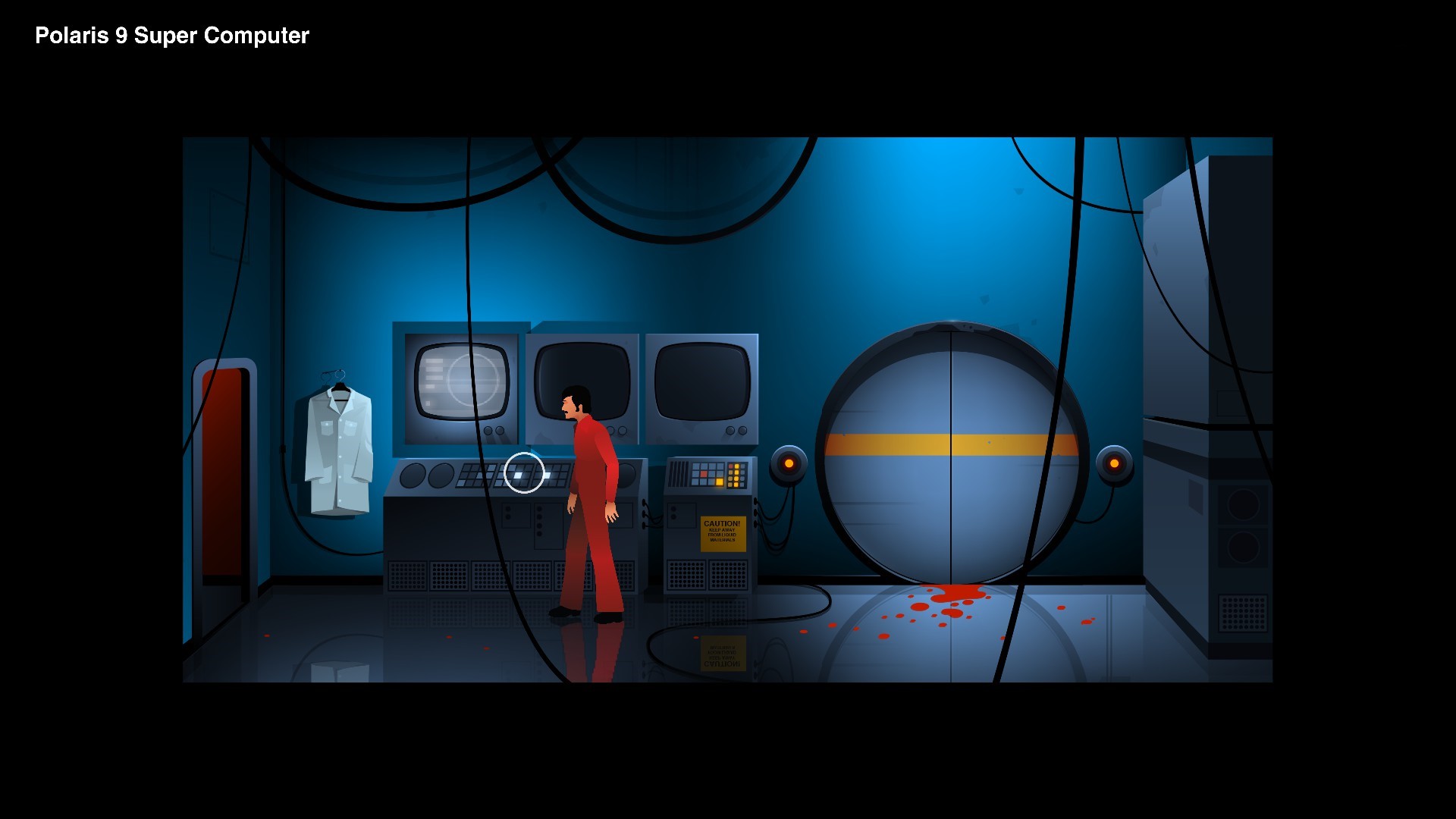

MGM publicity photo, Agnes Christine Johnston. The influx of the women we are tracking begins around 1907-the year Gene Gauntier wrote a scenario at the Kalem Company based on Ben Hur, Florence Lawrence took a role in the Edison Company’s Daniel Boone or, Pioneer Days in America, and Alice Guy Blaché, married three days, set sail for New York from Paris, as each recalls in a memoir (Gauntier Oct. The best way of explaining early opportunities for women is to first think of the growth spurt represented by the US nickelodeon boom, 1906–1909, which meant increased demand for short, one-reel films to screen at these storefront theatres. 3 Yet, as Mahar has pointed out, the first years were defined by competition over equipment patents, the realm of men (2006, 25). Scholars date the advent of motion pictures from the first public Lumière Company cinématographe exhibition in Paris, France, on December 28, 1895, and in the United States, from the Edison Company’s New York City kinetoscope premiere on April 4, 1896. Courtesy of the Academy of Motion Picture Arts and Sciences, Margaret Herrick Library. Yet the most comprehensive overview of the industry, Business Woman, in 1923 listed twenty-nine different jobs that women held (in addition to actress), including that of typist, stenographer, secretary to the stars and executive secretary, telephone operator, hairdresser, seamstress, costume designer, milliner, reader, script girl, scenarist, cutter, film retoucher, film splicer, laboratory worker, set designer and set dresser, librarian, artist, title writer, publicity writer, plasterer molder, casting director, musician, film editor, department manager, director, and producer. In the first decade, however, some departments became exclusively organized along gender lines, with editing or joining being the most visibly gendered work. 1 At first, many jobs were not necessarily gender-typed, she says. In her groundbreaking business history of women filmmakers in the silent era, Karen Mahar adds the colorist and the film joiner as well as the supervisor and the executive producer to this list. In addition to costume designer, as one might expect, the researchers on this project found, as one might not expect, camera operators as well as exhibitors (theatre owner and/or theatre manager). Women’s participation in the first two decades was both deeper and wider than previously thought.

Carrying over the impetus from the 1970s, we looked first for evidence that they had worked as directors but in the process we found that they had been not just directors. We set out to prove that women were not just screen actresses in the silent era, in the two decades before the advent of synchronized sound motion pictures. This project began just after the centennial celebration of the motion picture, during a distinct turn to historiography in the field, and in the light of intriguing new evidence that continues to surface.


 0 kommentar(er)
0 kommentar(er)
